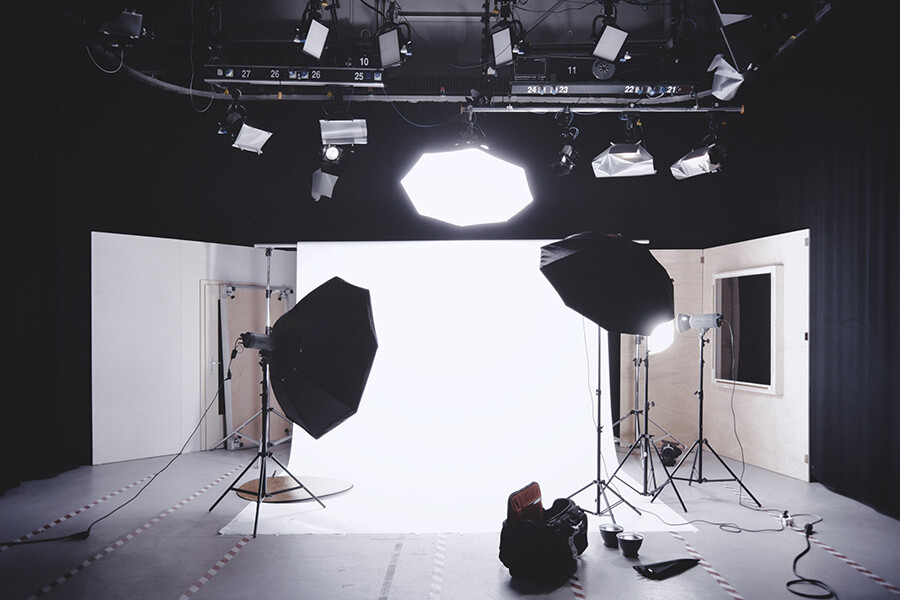- Accueil
- La recherche
- Mémoires et Travaux de fin d’études
- Le paysage sonore comme patrimoine immatériel – A l’écoute du métier de charpentier
Le paysage sonore comme patrimoine immatériel – A l’écoute du métier de charpentier
Auteur : Sylvain CARTON
Directeur(s) de mémoire : Alan Blum & Mylène Pardoen
Son
Résumé : Faisant le constat de l’importance du sonore dans le rapport au patrimoine immatériel et matériel, ce mémoire souhaite établir le paysage sonore comme un lieu de patrimonialisation à part entière. En questionnant les rapports de pouvoir sur l’espace patrimonial et les enjeux institutionnels associés, il envisage l’acte de patrimonialisation comme une revendication sur un espace, ici sonore, contre des transformations qui le menacent. En s’appuyant sur le contexte unique du chantier de Notre-Dame de Paris, il conviendra d’interroger le paysage sonore comme un outil pour étudier l’évolution de nos contextes de perception. Envisageant alors le sonore comme espace de sauvegarde des formes intangibles du patrimoine, ce mémoire présente la démarche mise en œuvre pour nous mettre à l’écoute du métier de charpentier aujourd’hui.
Par des entretiens, des chantiers participatifs mis en ondes, le lecteur est amené à découvrir le métier tel qu’il est présenté par les artisans. Il bénéficie alors d’une relecture
sonore du milieu gestuel du charpentier, et de l’intention derrière les gestes. Il peut alors compléter cette étude technique, historique et sociologique avec une approche purement sonore du chantier comme écosystème. Une grille de lecture sonore permet ensuite d’en tirer toutes les informations nécessaires à la démarche de patrimonialisation, dont on détaillera les enjeux techniques et esthétiques soulevés par la mise en pratique sur le
terrain.
Enfin, pour élargir la réflexion sur les lieux de la patrimonialisation, ce mémoire étudie l’espace numérique dans sa vocation éditoriale et documentaire. Tout en en
pointant les limites, les plateformes numériques sont alors interrogées comme support indispensable pour penser le patrimoine immatériel en tant qu’objet communautaire, hors des institutions, et permettant d’envisager sa transmission et réhabilitation devant
l’Anthropocène.
Mots-clés : Archéologie sonore ; paysage sonore ; patrimoine matériel et immatériel ; field recording ; patrimoine sonore ; médiation et restitution
—
Abstract:Noting the importance of sound in the relationship to intangible and tangible heritage, this dissertation will establish the soundscape as a space of heritage in its own
right. By questioning the power relationships on the space of heritage and the associated institutional stakes, it will establish the act of heritage as a claim on a space, here sound, against the transformations that threaten it. Using the unique context of the Notre-Dame de Paris construction site as a starting point, it will be appropriate to question the sound as a way of looking at the evolution of the contexts of perception. Considering sound as a space for safeguarding the intangible forms of heritage, this thesis will present the
approach used to listen to the carpenter’s craft today.
Through interviews and participatory workcamps, the reader is led to discover the trade as presented by the craftsmen. He will then benefit from a sound rereading of the carpenter’s gestural environment and the intention behind the gestures. He will also be able to complete this technical, historical, and sociological study with a strictly sonic approach to the construction site as a sound ecosystem. A sound reading grid will then make it possible to gather all the information necessary for the heritage approach; the technical and aesthetic issues raised by the practical implementation in the field will be examined in detail.
Finally, to broaden the reflection on the spaces of heritage, this thesis will study the digital space in its editorial and documentary vocation. While pointing out their limits,
digital platforms will be considered as an indispensable support for thinking about intangible heritage as a community object, beyond institutions, and allowing us to
consider its transmission and rehabilitation in the face of the Anthropocene.
Keywords: Sound archaeology ; soundscape ; tangible and intangible heritage ; field recording ; sound heritage ; mediation and restitution



